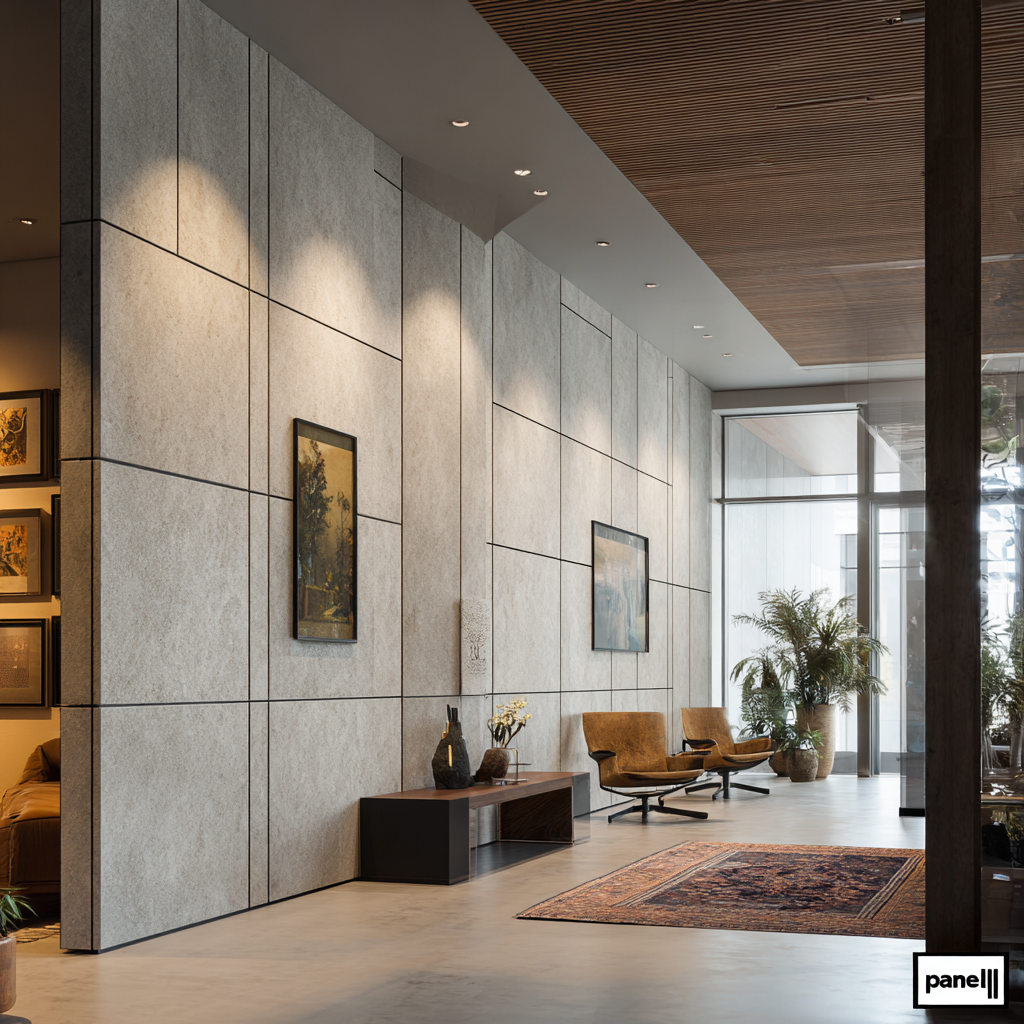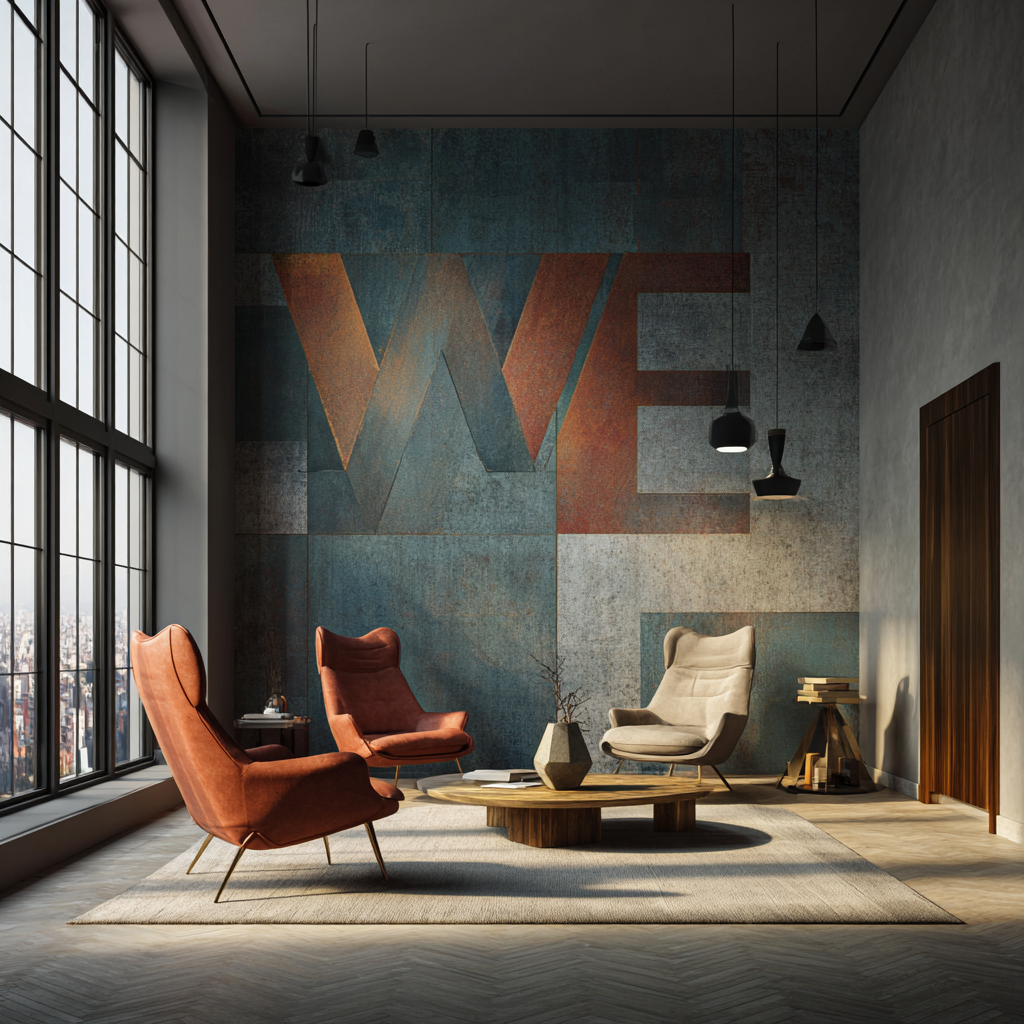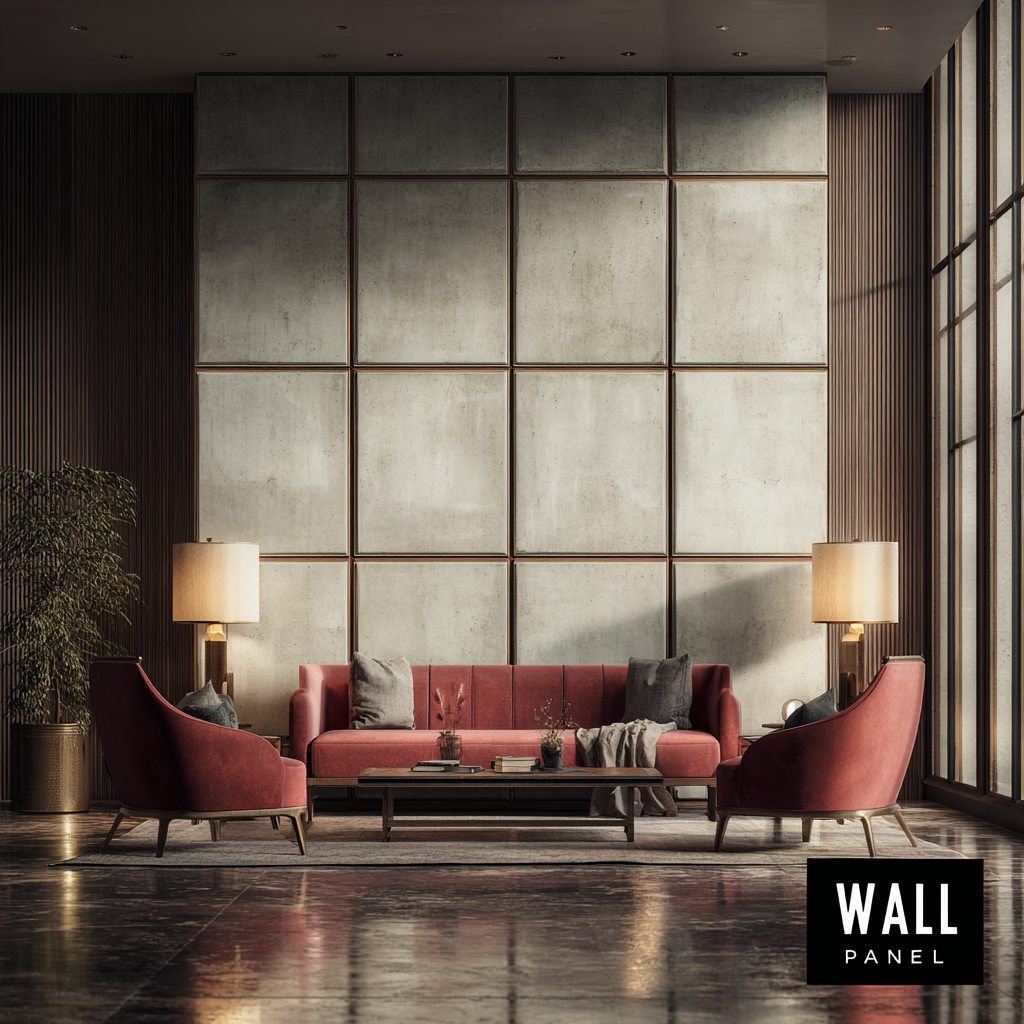Shandong Xiangying New Materials Technology Co., Ltd.
Shandong Xiangying New Materials Technology Co., Ltd.
As the interior design landscape evolves, wall panels have emerged as a pivotal element in enhancing both aesthetics and functionality in diverse spaces. According to a recent market analysis, the wall panel industry is projected to reach USD 12.36 billion by 2025, growing at a CAGR of 7.1% from 2020. This surge is driven by increasing consumer demand for innovative, sustainable, and versatile interior solutions. With an array of materials, textures, and designs available, choosing the right wall panel can dramatically transform a room's ambiance while also contributing to insulation and acoustics. In this comparison guide, we will unveil the best wall panel options tailored to elevate your space, ensuring you make an informed decision that balances style and practicality.

Wall panels have emerged as a popular choice for enhancing both residential and commercial interiors, providing an effortless way to elevate the aesthetic while offering substantial functional benefits. According to a report by the Freedonia Group, the demand for wall panels is projected to grow by 4.3% annually through 2026, driven by their versatility and appeal. These panels not only invite creativity in design but also contribute to better insulation, soundproofing, and durability, making them an ideal choice in diverse settings.
When considering wall panels, it’s essential to assess your space's purpose. For commercial environments, acoustic wall panels can significantly reduce noise, creating a more productive atmosphere. Residential spaces can benefit from decorative panels that add character and style without the need for extensive renovations. Tips for selecting the right panels include evaluating the material—wood, vinyl, or metal—based on maintenance needs and desired aesthetic qualities.
Incorporating wall panels can also improve energy efficiency; insulated panels can reduce heating and cooling costs by maintaining a stable indoor climate. Always opt for panels that align with your environmental standards, as sustainably sourced options are increasingly available and promote a healthier living or working environment.
When it comes to transforming your space, modern wall panels offer an unparalleled opportunity to enhance both aesthetic appeal and functionality. According to a report by Grand View Research, the global wall panel market is projected to reach $12.19 billion by 2025, underscoring the growing popularity of these materials. The top five wall panel options include wood, PVC, MDF, gypsum, and fiberglass, each bringing unique benefits to any setting.
Wood panels add warmth and texture, making them ideal for creating a rustic or contemporary look. PVC panels are highly versatile and moisture-resistant, perfect for areas prone to dampness. MDF panels offer a smooth surface for paint and finishes, while gypsum panels provide excellent fire resistance. Lastly, fiberglass panels are durable and lightweight, making them suitable for both residential and commercial spaces.
**Tips:** When selecting wall panels, consider the room’s purpose and climate; for instance, moisture-prone areas like bathrooms benefit from PVC or fiberglass. Additionally, think about installation ease and maintenance requirements to ensure your choice aligns with your lifestyle. A well-chosen wall panel not only enhances your space but can also increase your property’s value, making it a smart investment.

When it comes to enhancing interiors with wall panels, homeowners often face a crucial decision: DIY installation versus hiring professional services. According to a report by the National Association of Home Builders, approximately 60% of homeowners prefer professional installation for complex projects, mainly due to the assurance of quality and efficiency. Professionals can navigate the nuances of materials and structural requirements, reducing the risk of costly errors that could arise during a DIY attempt.

On the other hand, DIY installation has gained popularity among budget-conscious individuals. The same data indicates that homeowners who engage in DIY projects can save anywhere from 20% to 40% on labor costs. However, this route requires a considerable time investment and a solid understanding of installation techniques. For example, a study by the Home Improvement Research Institute highlights that while many homeowners enjoy the satisfaction of a DIY project, they often underestimate the skill needed to achieve a polished finish, which can ultimately impact the overall aesthetic of the space. Thus, the choice between DIY and professional services hinges on factors like budget, skill level, and the desired quality of the finished work.
When selecting wall panels for your space, sustainable options can greatly enhance both aesthetics and environmental impact. Recent studies indicate that buildings account for nearly 40% of global energy consumption and 33% of greenhouse gas emissions. To combat this, eco-friendly wall panels made from recycled materials or sustainably sourced resources are gaining traction in the construction industry. Bamboo and reclaimed wood are excellent examples; they not only add warmth and character to interiors but also have a lower carbon footprint compared to traditional lumber.
Moreover, the incorporation of non-toxic finishes and adhesives in wall panels further amplifies their eco-friendliness. According to the Green Building Council, buildings that integrate sustainable materials can reduce energy usage by up to 30%. This aligns with the growing consumer demand for greener living spaces. By choosing wall panels certified by eco-labels such as the FSC (Forest Stewardship Council) or GREENGUARD, homeowners can ensure their materials contribute positively to indoor air quality and the planet. As we aim for sustainable living, selecting the right wall panels becomes not just a design choice, but a commitment to a healthier environment.
| Material | Sustainability Rating | Durability (Years) | Cost per Sq Ft | Insulation Properties |
|---|---|---|---|---|
| Bamboo | High | 10-15 | $6.00 | Good |
| Recycled Wood | Medium | 15-20 | $5.50 | Excellent |
| Cork | High | 20+ | $7.00 | Very Good |
| Vegan Leather | Medium | 5-10 | $8.00 | Good |
| Hemp | High | 15-25 | $6.50 | Excellent |
When it comes to enhancing the aesthetic of any room, choosing the right wall panel can make all the difference. Start by considering the overall style of your space. For contemporary interiors, sleek panels with minimalist designs work best, while traditional spaces might benefit from more ornate, textured options. Additionally, think about the color palette—neutral tones can create a calm atmosphere, while bold colors or patterns can serve as a striking focal point.
Another essential factor is the room's function. In high-traffic areas like hallways or living rooms, durable materials such as wood or composite panels are ideal due to their resilience. Meanwhile, in spaces dedicated to relaxation, like bedrooms, softer materials that absorb sound can enhance comfort. Finally, don’t forget lighting considerations. Panels that reflect light can brighten a room, while darker shades create a cozy feel. By keeping these tips in mind, you can select wall panels that not only elevate your space but also align with your personal style and the specific needs of each room.
